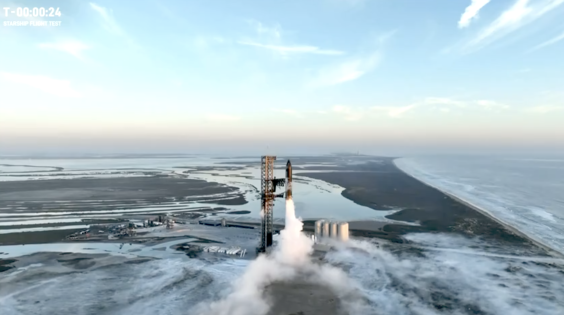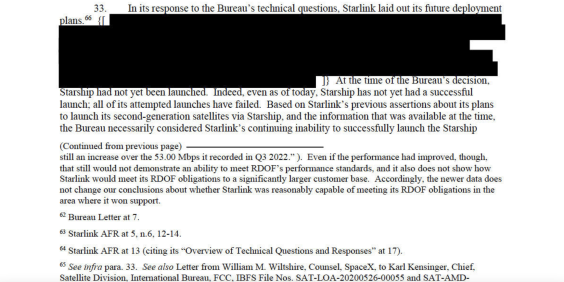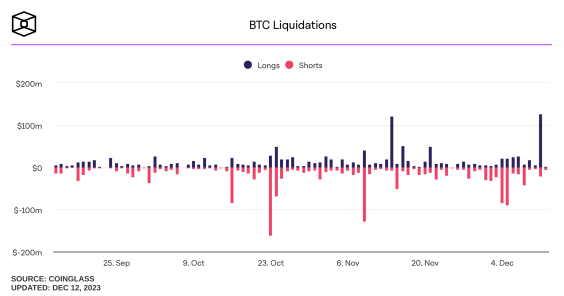This is not investment advice. The author has no position in any of the stocks mentioned. Wccftech.com has a disclosure and ethics policy.
SpaceX's Starship rocket lifted off from the Boca Chica, Texas, test site earlier today after months of waiting and speculation. The world's largest rocket took off from the pad a little after 7 a.m. local time and, soon after its ascent, completed the crucial event of hot stage separation. However, based on initial footage, the first-stage Super Heavy rocket booster's engines did not re-ignite successfully after stage separation. Instead, the rocket exploded mid-air 75 kilometers above the Earth's surface. Yet, by this time, the second stage had traveled quite far, and it did not take any damage from the debris flying around from the 165-foot-tall rocket.
SpaceX Stands Tall After No Engine Shutdowns On Starship After Launch - Engine Reignition Problems Continue To The Plague Rocket
The second Starship flight was quite refined when compared to the April test. Back then, three Super Heavy Raptor 2 engines shut down as soon as the rocket lifted, although perhaps not due to any fault of their own. A big reason behind the failed stage separation for the April test was that blast damage to the launch pad ejected chunks of concrete that damaged several of the Super Heavy's systems.
This time around, not a single Raptor engine shut down before the stage separation that took place a little under three minutes. The stage separation was as smooth as possible, with the first and second stages cleanly separating as planned. However, stage separation was the end of the journey for the Super Heavy as it exploded moments after the second stage jettisoned away for the remaining flight.
After the Starship's first and second stage separation, 12 out of the 13 center core engines on the Super Heavy successfully re-ignited. However, this was short-lived as they started to shut down once again, and at the time of the explosion, all of them had shut down. The unsuccessful center core engine re-ignition could have contributed to the Super Heavy's early demise as it disoriented the rocket. Based on the limited information right now, it's also possible that ground controllers intentionally destroyed the rocket after they were certain that it would be unable to perform a controlled descent.
After stage separation, the second stage Starship started to coast towards its destination. But a few minutes afterward, SpaceX's John Insprucker confirmed that teams had lost signal from the second stage. He added that the flight termination system on the second stage activated later than expected, indicating that the rocket might have gone off course to trigger its self-destruction.
Quoting the SpaceX presenter:
But what we do believe right now is that the automated flight termination system on second stage appears to have triggered very late in the burn as we were headed downrange out over the Gulf of Mexico.







2 of 9
With the second test out of the way, teams at SpaceX should now be looking towards the third test flight. The launch pad and the water deluge system were major reasons for the delay to today's test flight. While SpaceX had to make several upgrades to Starship, particularly the Raptor engine, the FAA approved these rather quickly through the Starship IFT-1 Mishap Investigation.
However, the site's water deluge and detonation systems proved to be the primary delaying factors. SpaceX launched as soon as it could after it received clearance from the FAA and the Fish and Wildlife Service (FWS) earlier this week. After today's launch, teams will have to turn their focus on the Super Heavy booster to make changes that ensure that it does not explode after stage separation in future flights.
The Starship IFT-2, which saw the second stage soar to 148 kilometers according to real-time telemetry provided with the live stream, was also the second time SpaceX flight tested its Super Heavy booster. The booster is quite complex, particularly its 33 Raptor 2 engines, which must work in unison to ensure a successful flight.
Today's test also marks the second time that the flight termination system on the Starship has proven to be tricky. The system failed on the Super Heavy during the April test flight, and this system will be a key feature that SpaceX has to work on before it can secure clearance for the third Starship test flight. Flight termination is a non-negotiable system on any rocket since it allows ground teams to destroy the rocket during the risky portions of its journey.













